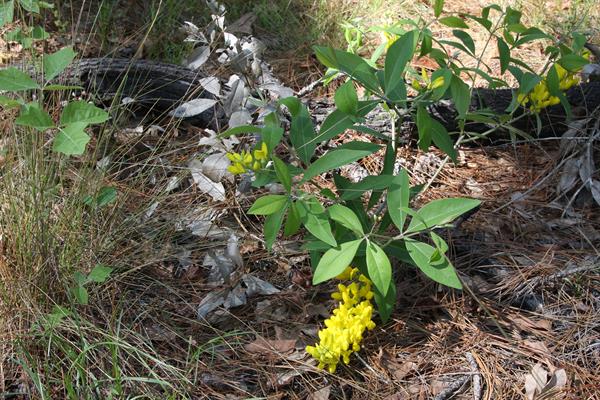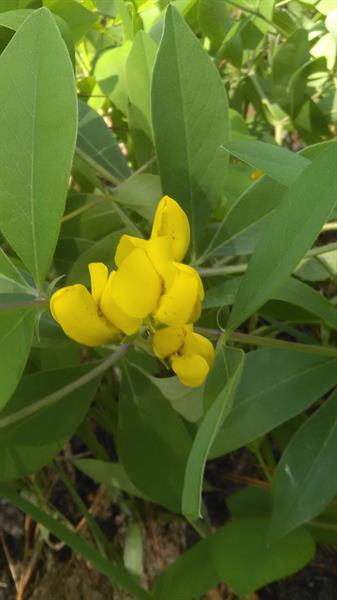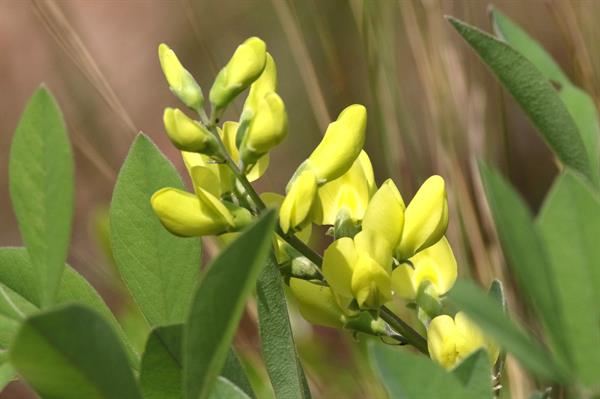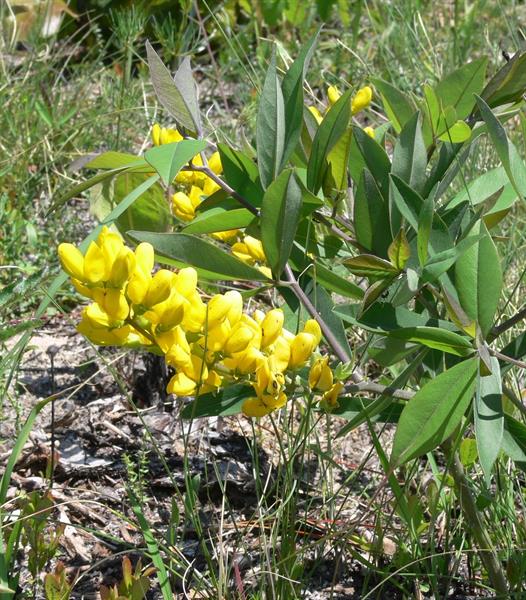
ID notes:The large, yellow flowers are very showy. In fall, the leaves do not drop, but stay attached to the stems, the whole plant turning an ashy gray; these dried plants are conspicuous through the following winter.
Origin/Endemic status: Endemic
Synonymy: = C, F, FNA11.1, G, K1, K3, K4, RAB, SE3, Va, Isely (1981), Isely (1998), Mendenhall (1994a), Mendenhall (1994b), Turner (2006a); = Baptisia villosa (Walter) Nutt. – S, S13, Larisey (1940a), misapplied
Heliophily: 8
Hover over a shape, letter, icon, or arrow on the map for definition or see the legend.
 © Bruce A. Sorrie | Original Image ⭷
© Bruce A. Sorrie | Original Image ⭷ © Jennifer Peterson | Original Image ⭷
© Jennifer Peterson | Original Image ⭷ © Will Stuart | Original Image ⭷
© Will Stuart | Original Image ⭷ © Bruce A. Sorrie | Original Image ⭷
© Bruce A. Sorrie | Original Image ⭷ © Grant Morrow Parkins | Original Image ⭷
© Grant Morrow Parkins | Original Image ⭷Feedback
See something wrong or missing on about Baptisia cinerea? Let us know here: (Please include your name and email if at all complicated so we can clarify if needed.)
Cite as...